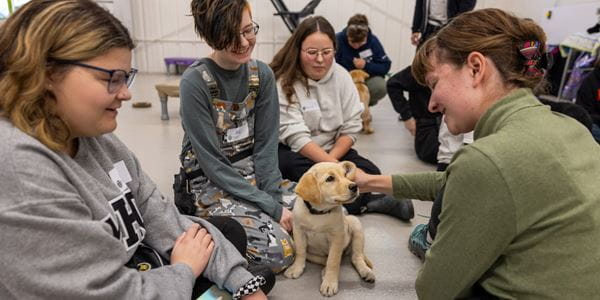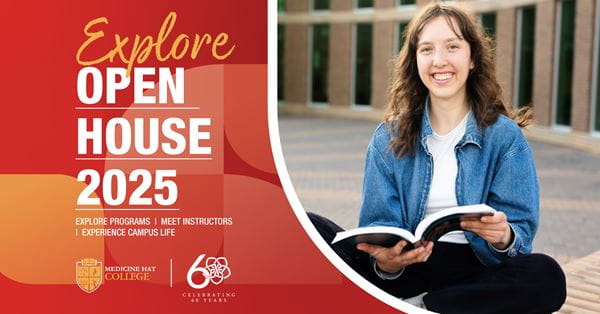
MHC students learn to assess soil health in Medicine Hat
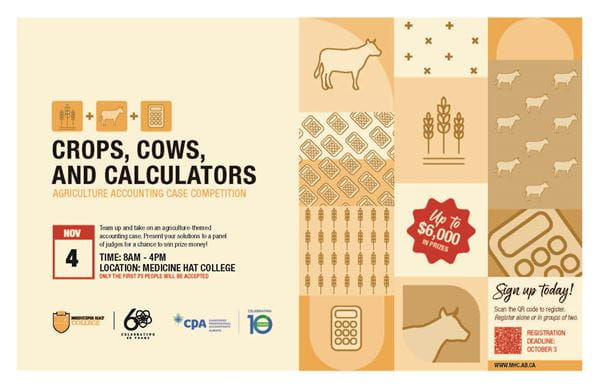
Ag-focused case competition develops accounting skills in MHC and high school students
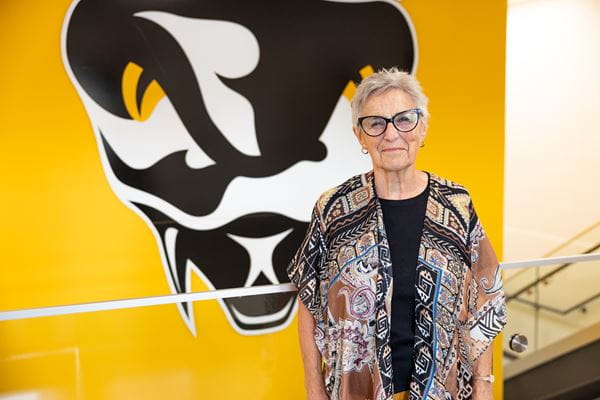
Former Student Athlete Looks Back on MHCs First Year
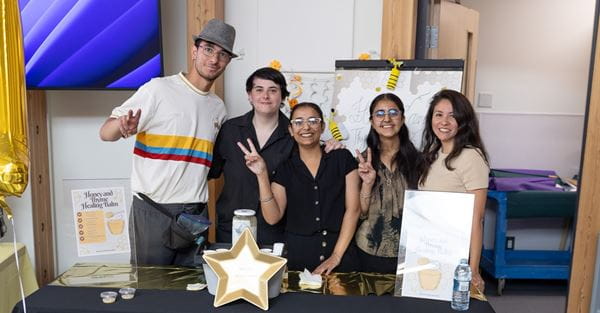
Creative business ventures on display at Innovate Tournament
Contact:
To book a media interview, please email
media@mhc.ab.ca


